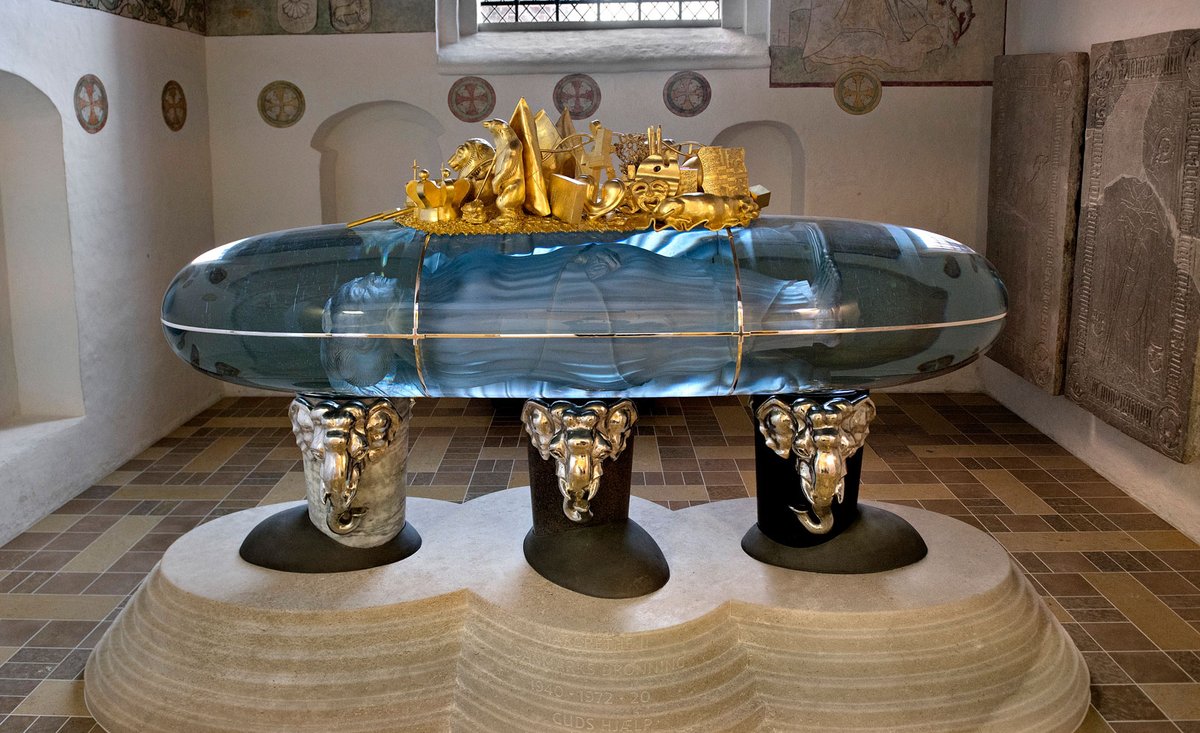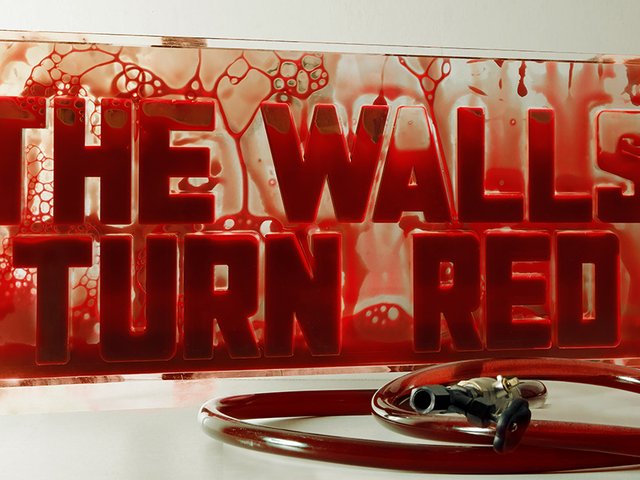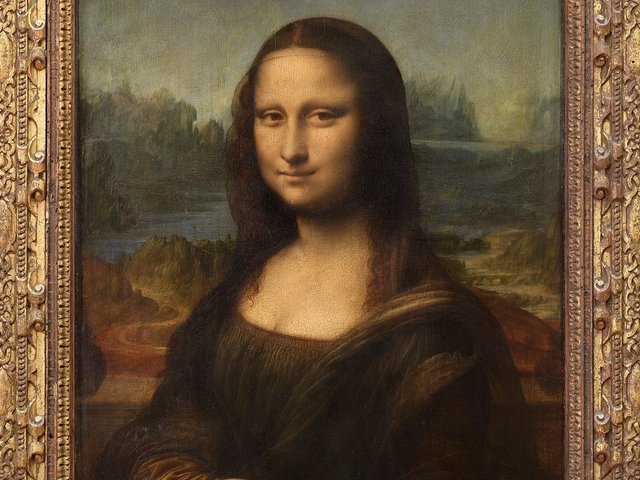Queen Margrethe II of Denmark may still alive, but her tomb is ready. The Danish artist Bjørn Nørgaard has unveiled his sarcophagus for the queen who has been on the throne since 1972. It consists of symbols of the Danish reign and is made from materials from the country's territories, which also include Greenland and the Faroese islands. The three pillars supporting the sarcophagus are made from Danish granite, Faroese basalt and Greenlandic marble. The sarcophagus itself is made of glass, engraved with pictures of the Queen and her late husband. "The Queen has symbolic and constitutional power in a democratic society. Therefore I chose glass. Power has become transparent, or one could say, should be,“ Nørgaard told the Danish newspaper Politiken.
Nørgaard came to international attention for his performance "hesteofering" (The Horse Sacrifice) during which, in 1970, he slaughtered a horse in protest against the cruelties of the Vietnam war. The remains of the horse as well as a video of the event are now a pivotal part of Danish art history and of the collection of the National Gallery of Denmark.
The general public will not see the original sarcophagus until the Queen is dead. She will be buried in a chapel in Roskilde church alongside the former monarchs of Denmark. From June, an exhibition in Roskilde will present a model of the sarcophagus. The Queen’s husband, Prince Henrik, died in February 2018 and had decided not to be buried alongside Margrethe.






